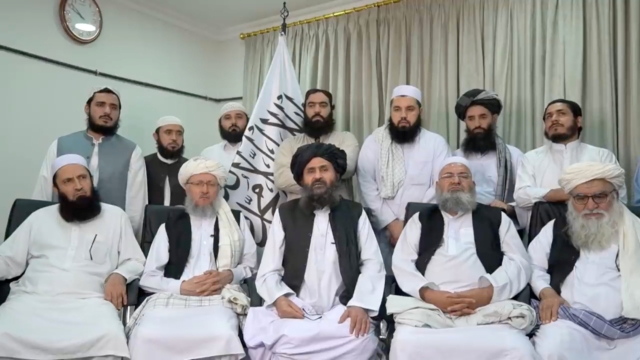
Who are the Taliban and what do they want? Here’s what you need to know about Afghanistan’s militant extremists
The President of Afghanistan has fled and Taliban insurgents have taken the capital Kabul after a lightning offensive.
Returning from a 20-year exile from power, the Taliban hardliners are expected to impose harsh restrictions on the lives of Afghans, to the dismay of the international community.
Here’s some background to the latest developments, and why a return to their brutal rule has so many people fearing for the future of Afghanistan.
Who are the Taliban?
The Taliban — or “students” in English — are extremist Islamist militants who want to impose their strict interpretation of religious law on Afghanistan.
The group has its origins in the US-backed mujahedin, fundamentalist Islamic guerilla fighters, who fought Soviet forces in Afghanistan in the 1970s and 1980s.
In the 1990s the Taliban consolidated power and began seizing territory in a civil war which pitted them against government forces and militias led by local warlords.
By 1996 the militants were in control, storming Kabul, forcing the then-president to flee, and ushering in a period of Taliban rule across the country.
However a small portion of the country remained outside the Taliban’s control, and most of the international community refused to recognise them as a legitimate government.
Their brutal regime massacred opponents, allied itself with terrorist groups, oppressed women, engaged in violent displays of punishment, and committed cultural atrocities, including the destruction of ancient sites.
Western powers moved to depose the Taliban regime after the September 11, 2001 attacks on the US, which killed nearly 3,000 people.
US, Australian and other Western troops invaded to stop the Taliban sheltering Osama bin Laden and his Al Qaeda terrorist movement, which carried out the attacks.
The Taliban were quickly toppled from power, but the group lived on, waging a brutal 20-year guerilla war against the US, its allies, and the Afghan army.
While government forces controlled Afghanistan’s cities, the Taliban retained control — and the support of some of the population — in more remote areas, drawing manpower from Pashtun tribes in the country’s south and east.
The Taliban’s big breakthrough happened after the US and other Western nations withdrew their forces in recent months.
Taliban fighters swept across the country, seizing a string of cities in the face of limited resistance.
Many members of the Afghan army, which was largely equipped and paid for by the US, simply fled and escaped to neighbouring countries.
The Taliban’s founder and original leader was Mullah Mohammed Omar, who went into hiding after the US invasion.
So secretive were his whereabouts that his death, in 2013, was only confirmed two years later by his son.
The Taliban is currently led by its supreme leader, a man called Hibatullah Akhundzada.
According to the Combating Terrorism Center at the West Point military academy in the US, estimates of the Taliban’s strength put their core fighting force at about 60,000, with many more allies and local militia members.
What do the Taliban want? What are their rules?
Under the first period of Taliban rule, women were not allowed to leave home without a male chaperone, and were required to be clad head to toe in a burqa.
Women were not allowed to work and girls were not allowed to pursue education.
Non-Islamic music and television were banned and religious courts imposed corporal punishments including chopping off thieves’ hands, public floggings and stoning to death people who committed adultery.
The group also destroyed the 1,500-year-old Buddahs of Bamiyan, giant statues carved into cliff faces, which the Taliban considered blasphemous.
Opponents and Western countries accuse the Taliban of wanting to return to the brutality of their first stint in power— a claim the group denies.
The Taliban said earlier this year that they wanted a “genuine Islamic system” for Afghanistan that would make provisions for women’s and minority rights.
But they warned that any laws would have to be in line with cultural traditions and religious rules.
There are signs the group has already started to prohibit women from working in some areas which have fallen under its control.
In Kabul, shopkeepers painted over images of women in their shop windows in anticipation of Taliban rule.
The Taliban are not currently classified as a terrorist organisation by the US government.
Why did the US and Australia pull out of Afghanistan?
The Taliban’s rapid advance coincided with the removal of US, British and other other foreign troops, including Australians.
The US initially announced its intent to be completely out of Afghanistan by September 11, the 20th anniversary of the deadly airline hijackings that sparked the invasion.
But US President Joe Biden withdrew most US troops before that, labelling the 20-year conflict “the forever war” and saying he wanted to end the US’s investment in blood and treasure.
More than 150,000 people died during the war. The US lost more than 2,000 soldiers and spent trillions of dollars. Tens of thousands of Afghan civilians and soldiers lost their lives.
Forty-one Australian Defence Force personnel were killed, and there are concerns for the wellbeing of some returned diggers who have now seen all the gains they made during the war reversed.
Just last month Mr Biden called on Afghan leaders to “come together and drive toward a future”.
The hope had been that the Afghan government and security forces would be able to defend themselves, and that peace talks initiated with the Taliban would find a long-term resolution.
However that hope is in tatters, with President Ashraf Ghani fleeing the country overnight and Taliban militants now inside his palace.
What happens next?
The Taliban have claimed control of most of the country and the government of Afghanistan has all but folded.
But it’s unclear exactly what will happen next.
The government’s acting Interior Minister has said there will be a transitional administration.
The Taliban say that won’t happen, but that they will hold talks to create an “open, inclusive Islamic government”.
At Kabul’s international airport, droves of people crowded the tarmac, desperately seeking to escape Afghanistan, many of them government workers.
Australia has joined with more than 60 countries calling for foreign officials and Afghans alike to be granted safe passage out of the country if they wish to leave.
But for those left behind in Afghanistan, an uncertain future awaits.



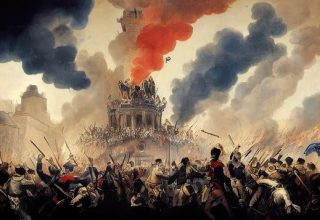


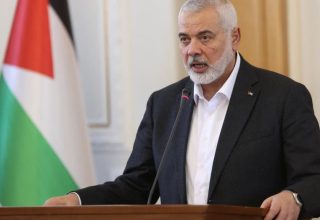
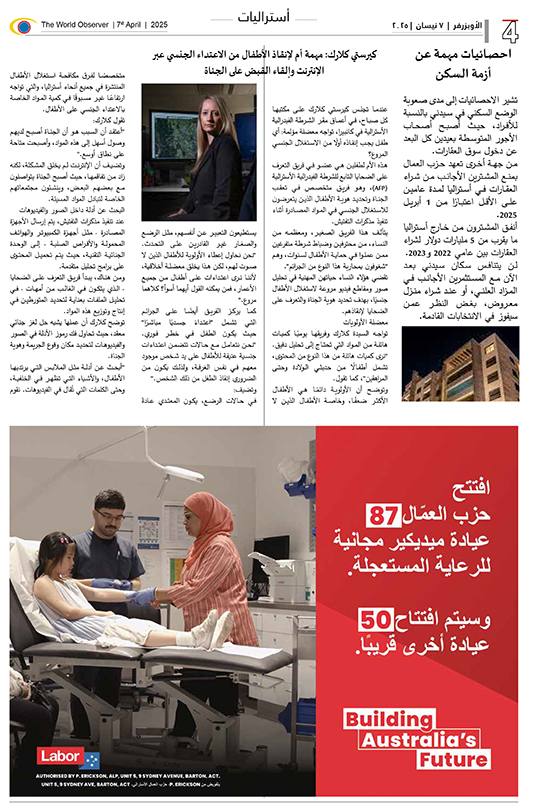
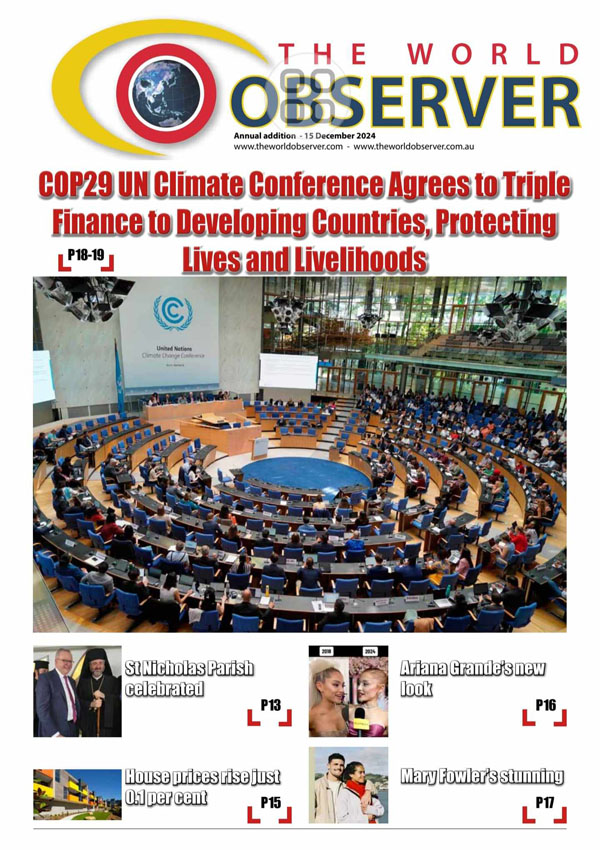
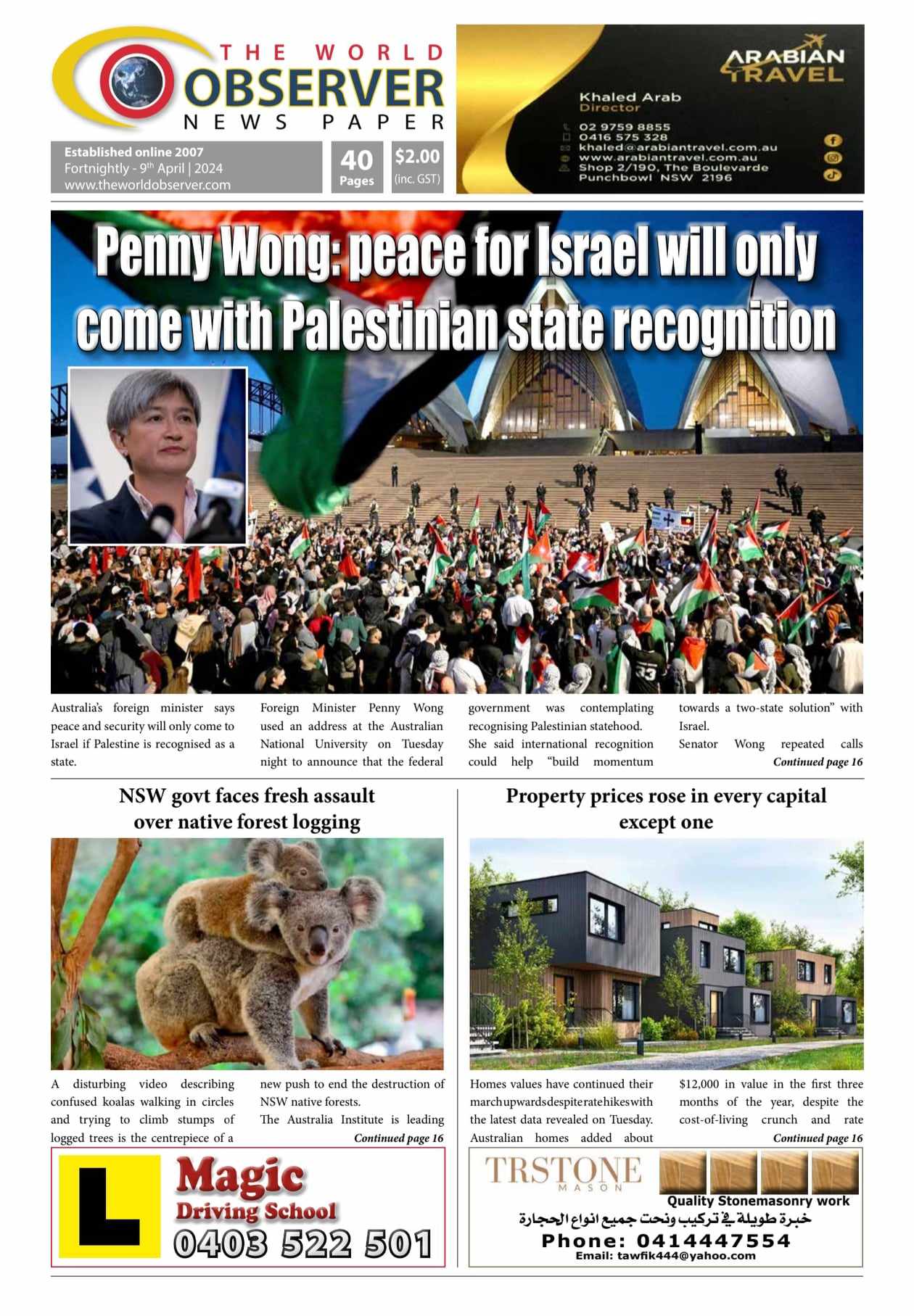

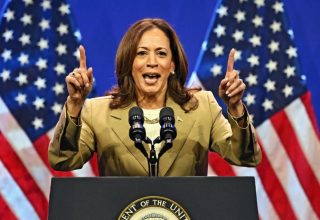



























 The World Observer Media produces a daily online newspaper, a daily Arabic online newspaper and a monthly printed Arabic/English magazine and a weekly printed Arabic/English newspaper.
The World Observer Media’s mission is to entertain and educate all generation from the Ethnic Communities in Australia, who are interested in local, national and foreign information.
The World Observer Media produces a daily online newspaper, a daily Arabic online newspaper and a monthly printed Arabic/English magazine and a weekly printed Arabic/English newspaper.
The World Observer Media’s mission is to entertain and educate all generation from the Ethnic Communities in Australia, who are interested in local, national and foreign information. 


